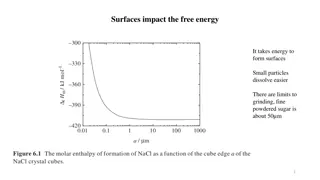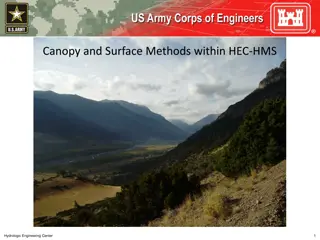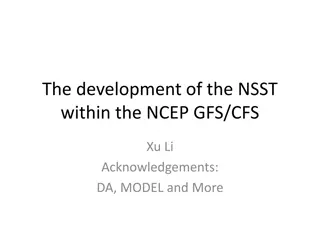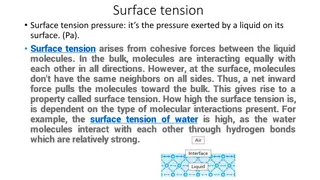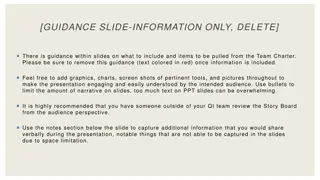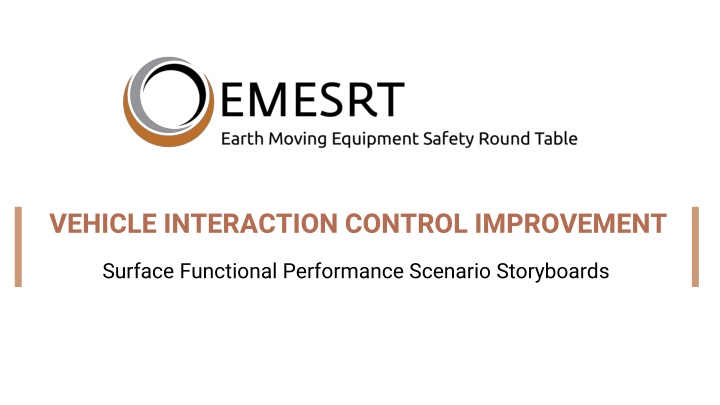
Enhancing Vehicle Interaction Control: Functional Performance Scenarios
Discover how scenario storyboards can improve vehicle interaction control in surface and underground mines. Learn how to utilize the storyboards for better understanding fatal scenarios and implementing intervention controls effectively.
Download Presentation

Please find below an Image/Link to download the presentation.
The content on the website is provided AS IS for your information and personal use only. It may not be sold, licensed, or shared on other websites without obtaining consent from the author. If you encounter any issues during the download, it is possible that the publisher has removed the file from their server.
You are allowed to download the files provided on this website for personal or commercial use, subject to the condition that they are used lawfully. All files are the property of their respective owners.
The content on the website is provided AS IS for your information and personal use only. It may not be sold, licensed, or shared on other websites without obtaining consent from the author.
E N D
Presentation Transcript
VEHICLE INTERACTION CONTROL IMPROVEMENT Surface Functional Performance Scenario Storyboards
What are scenario storyboards? The Functional Performance Scenario Storyboard approach was developed by an EMESRT Member Company to better understand the fatal vehicle interaction scenarios in a surface mine and to then compare the capability of vehicle interaction technologies to mitigate or eliminate the exposures detailed in the storyboards. This has enabled designers to better develop and install vehicle interaction technologies appropriate mobile equipment interactions at surface mines and recently adapted for Underground mines Adapting and Adapting and Using Using the the Storyboards Storyboards They provide a visual and dynamic reference for equipment operators, technology suppliers, Vehicle Interaction Control Improvement project managers as they implement vehicle interaction intervention controls (EMESRT Levels 7, 8 and 9) How can I use the scenario storyboards? Once downloaded, review each Storyboard in presentation mode Use the Storyboards as a resource during Phase 4 Vehicle Interaction Control Enhancement As required, apply the specific scenario storyboards in your functional performance environment context to derive the configuration settings Generally, in the storyboards these definitions apply: LO = Local Object (causing the interaction) RO = Remote Object (affected by the interaction)
User interface behaviour vehicle to vehicle interaction Alert Nil Interaction Alarm Occurs when outer to outer or inner to outer/outer to inner beams on two vehicles intersect Occurs when inner beam intersects with inner beam or body of another vehicle User interface remains bright and zoomed to the interaction Detection beams on both vehicles remain red Default audible of Shrill , Stop , definitive audibles used for specific VI scenarios Audible without the Shrill repeated with 1.5 second gap until situation rectified Audible played at 10 dB above ambient noise No VI event audibles No detection beams visible User interface zooms to the interaction Detection beams on both vehicles turn yellow then red Default audible message of Alert is activated, definitive audibles used for specific VI scenarios Audible played twice then a 3 second gap and repeated until situation rectified Audible played at 5 dB above ambient noise NOTE: the text in red provides examples of parameters that should be considered during development and site configuration.
Scenario 6B: Loading areas wheeled loading unit Outer beam Alert logic disabled between Loading Unit when Loading Unit speed is <10 kph and specified equipment: o Dozer Outer and Inner beam logic disabled between Loading Unit when Loading Unit speed is <10 kph and specified equipment: o Haul truck when haul truck speed is <9 kph Standard CAS functionality restored at speeds >10 kph NOTE: the text in red provides examples of parameters that should be considered during development and site configuration.


